|
As restaurant dining rooms reopen and the weather beckons people outdoors, operators may find themselves in the awkward position of wanting to welcome people looking to gather and celebrate, while also accommodating the safety concerns of guests, staff and inspectors alike. Establish a clear protocol for how your team is balancing these concerns – and share it on your website, social media and in your booking confirmations to help inform guests before they join you. Finally, empower your staff to gently reinforce your safety protocols as guests arrive – and as needed once they’re dining – since they may still be getting used to the new rules of dining out too.
As of this writing, states were starting to announce changes to mask mandates and updated policies regarding how fully to open businesses. Stark differences were emerging in different regions, which may put restaurants in an awkward position in the months ahead – particularly those serving customers across state lines. Now, perhaps more than earlier in the pandemic, it’s important to scrutinize your stance on mask wearing, maintaining social distancing and other pandemic-related protocols. If your state is easing restrictions, how do you plan to manage resistance from staff and guests who are anxious about getting life back to normal? If your state is sustaining or doubling down on restrictions, how can you manage resistance from people with pandemic fatigue, knowing that your business could make news for the wrong reasons if you ease precautions prematurely? Anticipate what lines your business is unwilling to cross and how you can communicate about them in a constructive way to guests and staff alike.
COVID-19 has changed how we protect safety – and impacted consumer beliefs about the safety of indoor spaces including restaurants. A recent report in Food Safety News says while precautions like mask wearing and socially distanced seating will likely fade away with the virus, other precautions will remain. Frequent handwashing, of course, and hand sanitizer stations are here for the long haul. Beyond that, expect a general elevation of the importance of cleanliness to your brand – a need to take things a step beyond what is required in an effort to sustain consumer confidence. With every investment you make or equipment servicing you schedule, consider how well it will help you manage safety – whether it’s maintaining contactless payment and digital menus, bringing in new equipment and tools that are easier to clean, filtering the air in your facility, or managing labor in a way that considers the need for more frequent cleaning and sanitizing.
Are your customers always right? Of course not. But for decades, many restaurant operators have behaved this way, aiming to accommodate anything customers request or demand (and sometimes taking abuse in the process). Many customers have adopted the expectation that this is okay. But the pandemic may spur a change in thinking. Right now, your ability to operate safely and continuously, retain your employees, minimize staff illness and prevent the spread of the virus requires firm boundaries. What lines are you unwilling to cross for customers? Consider how you would respond to everything from lapse in social distancing in your dining room to a tantrum from an unmasked customer. Be clear about your policy with employees, provide language to help them handle a difficult situation professionally, and back up your team as needed. (This applies to abuse you receive from customers online too.)
While pandemic fatigue set in long ago – and may have resulted in some lax health and safety behaviors on your staff by this point – the next few months will require extra vigilance. At the time of this writing, the more-contagious U.K. variant of the coronavirus had begun to spread to other countries including the U.S. The longer the coronavirus is around and causing more infections, the more opportunities there will be for new mutations of the virus to occur. Dr. Stuart Ray, an expert in the virus that causes COVID-19 and vice chair of medicine for data integrity and analytics at Johns Hopkins Medicine, said human behaviors are especially important to containing the virus as new strains emerge. “We need to re-emphasize basic public health measures, including masking, physical distancing, good ventilation indoors, and limiting gatherings of people in close proximity with poor ventilation,” he said. “We give the virus an advantage to evolve when we congregate in more confined spaces.” Beyond those measures, reemphasize the importance of no-contact food deliveries and pickups. Further, as the vaccine becomes more widely available to essential workers including foodservice staff, have an ongoing dialogue with your team about vaccination – and the science backing its safety. While you may not want to mandate vaccination, you can encourage staff to get the vaccine by offering to cover associated costs, as Chipotle’s Brian Niccol announced the brand will be doing.
As operators weather what is likely going to be a difficult winter, many of those fortunate enough to have outdoor spaces have taken steps to outfit them with heated pods, screens and other partitions aimed at containing the spread of the virus while also allowing the safe (and more comfortable) serving of guests as the temperature drops. But according to medical experts, these spaces can be as risky as indoor settings if operators don’t take sufficient precautions. To minimize the spread of infection in the next couple of months, be sure to air out individual dining pods between guests, or in case you have a partially enclosed space for dining outdoors, ensure that air is able to circulate throughout it. Outdoor space heaters and fireplaces can help beat the chill without posing additional safety risks, and you can also encourage guests to bring their own blankets to keep warm during their meal.
Holiday gatherings and buffets go hand-in-hand – well, they did until 2020. If you have served food buffet-style in the past, you have no doubt reinvented it for the current environment or replaced it altogether. If you’re still offering this service in some form, consider these precautions to help protect safety: Have your staff (wearing PPE) serve each guest and provide new dishes and cutlery. Enforce social distancing and mask-wearing for guests waiting in line. Serve items in self-contained, miniature form. Provide the option of a scaled-down buffet sampler for each table to avoid having guests circulate – or even offer a “buffet in a box” take-away option. Have staff (again wearing PPE) circulate with trays carrying pre-portioned items, cocktail-party style, that they can serve to each table. Buffets are like a kid-in-a-candy-store kind of experience. How can you replicate that feeling while protecting everyone’s safety?
Face masks don’t exactly have a reputation for comfort: they get hot, hurt the ears and steam up a glasses-wearing person’s lenses with every exhale. So can a clear face shield serve as a more comfortable substitute? Unfortunately, no. A report from MIT Medical confirms, COVID-19 spreads primarily from person to person through respiratory droplets we generate when we talk, shout, sing and simply breathe – and a face shield can’t contain those droplets like a mask that fits around the nose and mouth. However, since social distancing is the key approach to preventing the spread of the virus, a person can wear a shield along with a mask around their neck that can be pulled up when they are within six feet of others -- if the nature of their job allows for that.
On July 4th weekend, a San Francisco wedding celebration reportedly became a breeding ground for COVID-19. Following a rehearsal dinner gathering of 40 guests at the Harborview Restaurant and Bar, the wedding couple and at least eight of their guests from across the country tested positive for the virus. But according to an Eater report that addressed reviews of the restaurant’s policies for managing groups, as well as information relayed by a restaurant spokesperson, Harborview seems to have done everything right: They took such steps as spacing tables six feet apart, separating guests by household or family unit, plating food that they had previously served family style, and reminding guests to wear face coverings. After the outbreak, employees were tested and results came back negative. So what is a restaurant to do when it follows guidelines and takes the right precautions but must bear the brunt of bad publicity after an outbreak? Start by going on the PR offensive, collecting facts to demonstrate your commitment to safety, and sharing them with the media and on your social platforms. Partner with your health officials and describe what precautions you have taken, from new employee training procedures and protocols to virus testing to signage advising guests how to maintain safety – and publicize their findings in the news media, on your website and on your social networks. Take photos and video of your facility, introduce staff and talk about how your policies have changed since COVID-19. Finally, for the moment, rethink catering to weddings – and other gatherings where people set out to socialize and celebrate with friends and family, consume alcohol, and perhaps let down their guard and ignore precautions. They may be best left to large outdoor settings or until after a vaccine is readily available.
As restaurants reopen their dining rooms, there has been much focus on maintaining distance between tables. But don’t neglect your kitchen. While a few months ago, it might have been workable to have your back-of-house team working side by side and shouting across the room in a space with passable ventilation, that won’t work now. If your staff prepared each dish in a line, can you adjust your procedures so one person is responsible for preparing and plating each dish – or better stagger staff to allow greater distance between them? In the interest of limiting the spread of the virus should one of your staff be infected, can you create teams of employees that rotate on and off shifts together? While the National Restaurant Association and your local authorities have offered reopening guidelines, you know your kitchen best – and what safety precautions are most likely to fall by the wayside during a rush. What weak points can you address to protect your employees and business?
|
subscribe to our newsletterArchives
April 2024
Categories
All
|
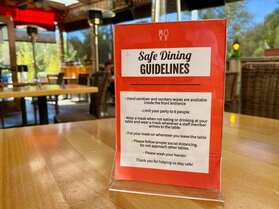

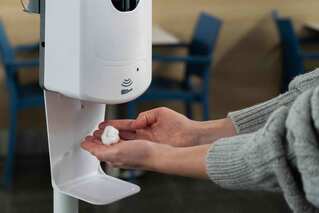
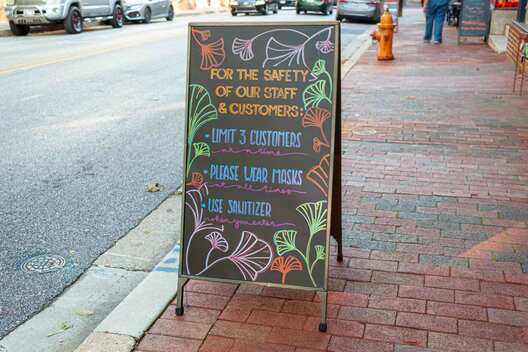
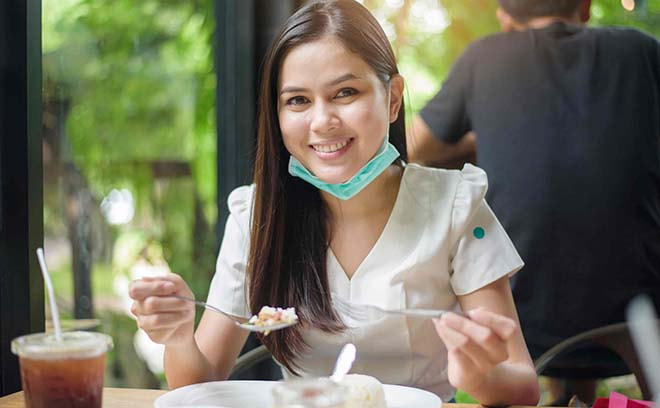
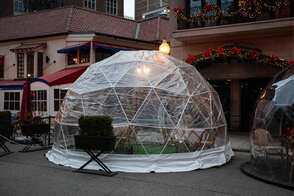
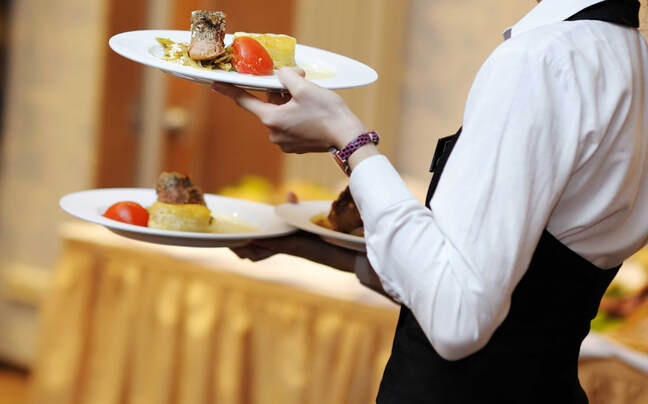
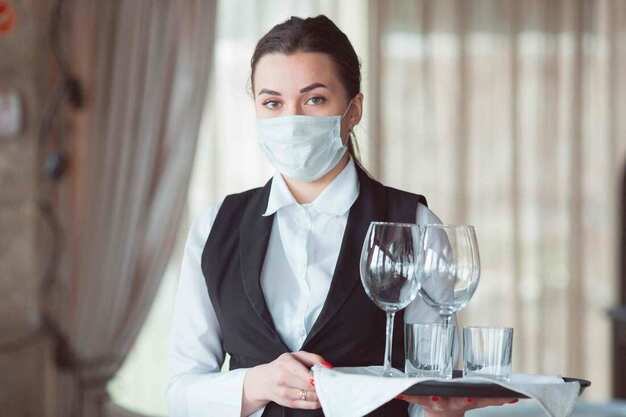
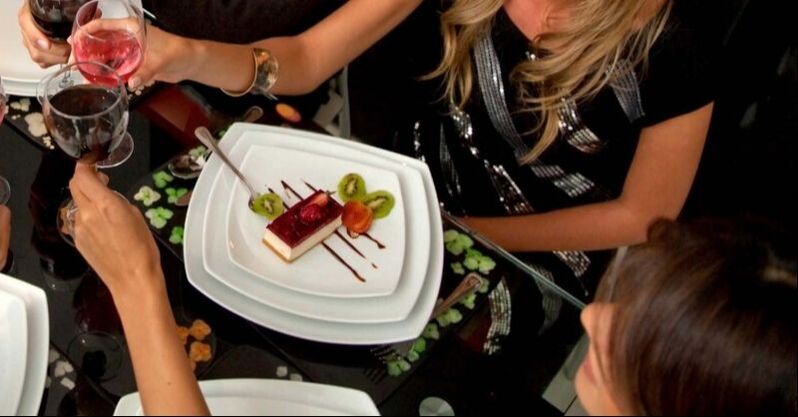
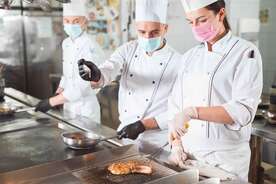


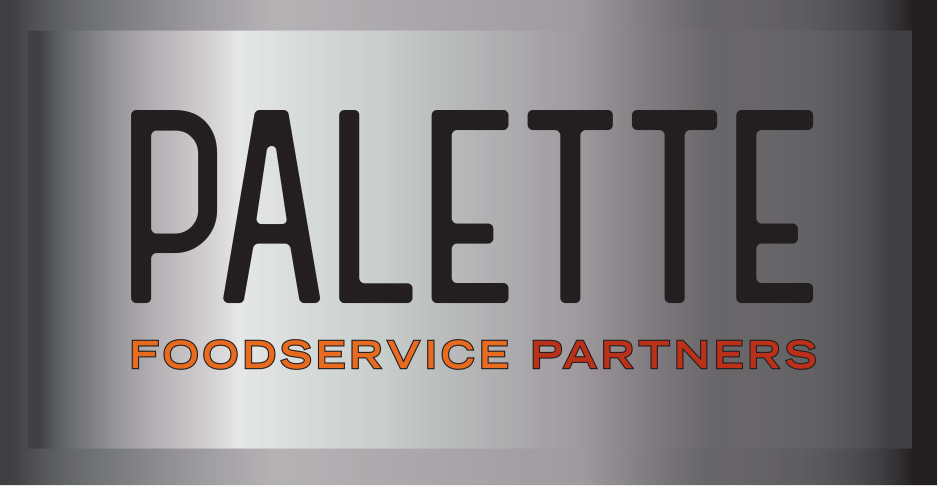
 RSS Feed
RSS Feed